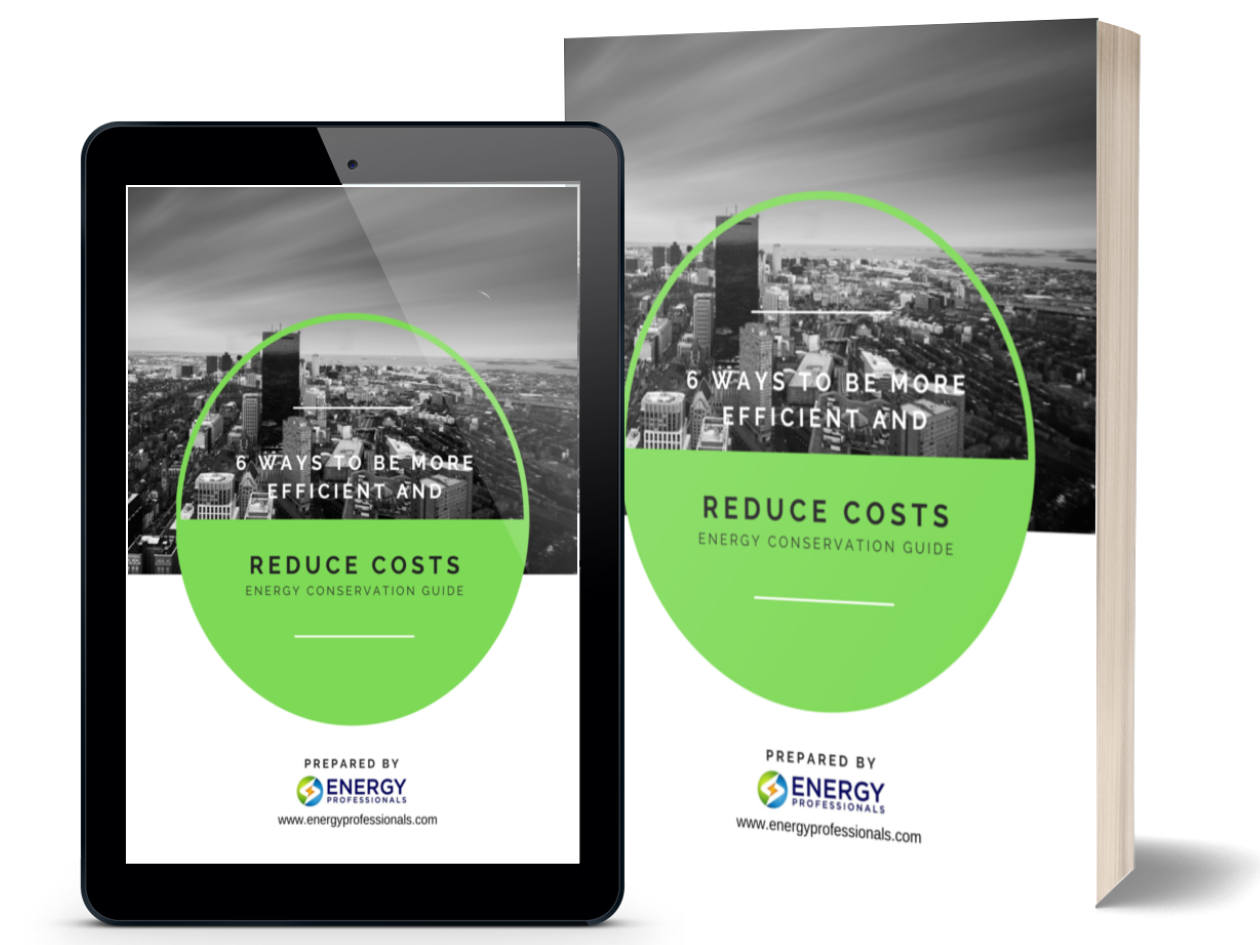Energy Update | June 16th, 2020
Natural Gas Prices Remain Low, But Are Higher Prices on The Horizon? https://youtu.be/GWRcbYyjre4 In my May 12th Energy Update, I

Natural Gas Prices Remain Low, But Are Higher Prices on The Horizon? https://youtu.be/GWRcbYyjre4 In my May 12th Energy Update, I
In my May 12th Energy Update, I said consolidation patterns form when traders are positioning themselves for long-term moves, and the longer it takes for the pattern to form the higher the subsequent move tends to be. This is especially true when the consolidation pattern is formed at a historically very low-price level.
As you can see in the chart below, Natural Gas has been forming a consolidating pattern since the middle of January:
Natural Gas prices have consolidated at the lowest inflation-adjusted prices since it began trading in 1990. Prices this low are below the cost of production, and companies producing Natural Gas cannot generate profits; therefore, weaker companies will not survive, and the surviving companies will be highly motivated to decrease production leading to higher prices.
The evidence Oil and Gas companies are decreasing production is reflected by the most recent Baker Hughes report showing over the last year Oil rigs have experienced a 75% decline from 789 to 199 active rigs, Natural Gas rigs declined 57% from 181 to 78 active rigs.
Clearly the large decline in active Natural Gas rigs will have an adverse effect on production, but possibly even more important is the extraordinary decline in active Oil Rigs. A byproduct of Oil rigs is associated Gas, and since associated Gas accounts for as much as 40% of Natural Gas production, the extraordinary decline in active Oil rigs will result in even lower Natural Gas production.
The question is what took place the last time active Oil & Gas rigs were this low?
In 2016, Natural Gas declined to a low of 81 active rigs and Natural Gas rallied from $1.61 to near $4.00 by the end of the year. Today we have only 78 active Natural Gas rigs, therefore, where do you believe Natural Gas prices will be by the end this year?
The mitigating factor keeping Natural Gas prices so low is the decreased demand caused by shutdowns. But as our country reopens demand will increase and with production expected to decrease prices will likely be driven higher. In addition, we know demand increases during the Summer cooling season, which will also contribute to the likelihood prices will be higher in the second half of this year.
Recent events have led to today’s historically low Natural Gas prices and although no one can predict precisely when Natural Gas will breakout of the consolidation pattern it has languished in since mid-January, the following chart shows what took place over the last 20-years when prices were near present levels:
Since 2000, Natural Gas declined to near today’s very low-price levels 3 times, and the average price was always much higher for at least three years. Although I cannot precisely predict when Natural Gas will breakout of the consolidation pattern it has formed since mid-January, history tells me when it does prices will likely remain much higher for an extended period.
Regarding the short-term, last week, the Energy Information Administration (EIA) released their Short-Term Energy Outlook (STEO), which stated the rapid decline in production plus imports is expected to provide support for natural gas prices. The EIA forecasts Natural Gas spot prices will increase for the rest of 2020 and average $3.08 /MMBtu in 2021, which is higher than the $2.04/MMBtu average for 2020.
The EIA is forecasting the average Natural Gas price will be 50% higher in 2021 than in 2020. And I believe based on what happened in the past when Natural Gas declined to near present levels, the EIA estimates for 2021 may be conservative and we could experience price spikes to at least $4.00.
Conclusions:
Based on the empirical evidence delineated in this report, I believe Natural Gas and Electricity prices are poised to increase long-term, and it is wise to secure energy agreements near present price levels. The short-term downside reward potential of lower prices is minimal versus the upside risk of higher prices long-term.
Not every client’s risk tolerance and hedging strategy is the same, but the above report will help you put into perspective the risk/reward opportunities. I invite you to call one of our energy analysts to help you plan a hedging strategy appropriate for your situation.
Ray Franklin
Energy Professionals
Senior Commodity Analyst


Don't have one? You can get one by calling us at 855-4-PKIOSK.
Energy Professionals is committed to finding its customers the best possible rates on electricity and natural gas. Tell us your location and service type and our energy manager will connect you to the most competitive offers.
Switching to an alternate supplier is easy. There is no chance of service disruption, and you'll continue with your current utility for energy delivery and emergency service. Take a few minutes to discover your best offers, and enjoy the benefits of retail energy in your home or business.
1. Energy Type
2. Service Type
3. Zip Code
4.Local Company
5.Zone
We believe that knowledge is power. Here’s a free e-book that provides business solutions to reducing energy costs.
Download E-Book Free Energy Audit




